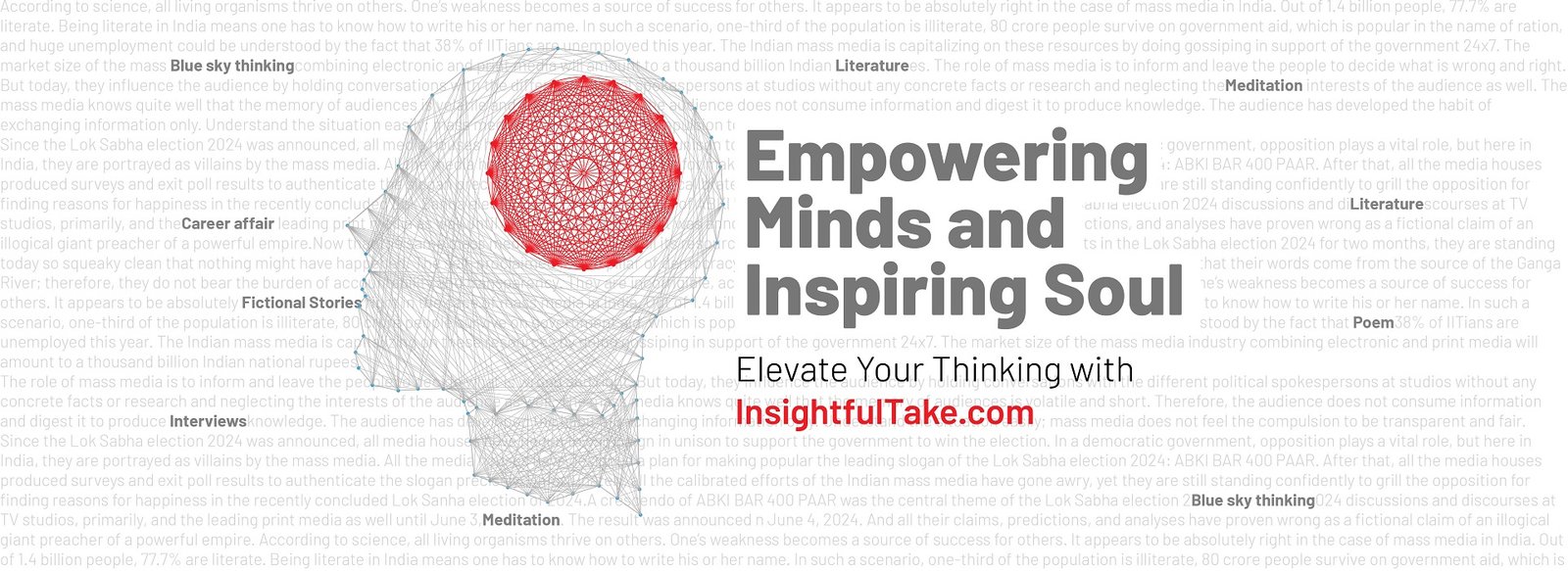In the intricate labyrinth of human existence, where each whisper finds its echo and every pause its profound resonance, the maxim "Silence is golden" emerges as a timeless ode to restraint and introspection. Silence, often revered as the essence of wisdom, has been cherished by sages, artists, and philosophers alike as a sanctuary where the cacophony of the world gives way to clarity of thought. Yet, juxtaposed against this serene ideal is the equally compelling truth that "Communication is the key to success." Communication—the art of conveying ideas, emotions, and intentions—has been the cornerstone of human connection and progress, enabling individuals to build bridges where silence might foster misunderstanding. This paradoxical coexistence of silence and communication invites an exploration not only of their individual virtues but also of the intricate dance they perform in shaping human interaction, achievement, and understanding. Together, they represent the dual forces that propel humanity forward—the still waters of contemplation and the dynamic currents of expression.
The Golden Silence
Silence, in its essence, is a sanctuary. It is the space where thoughts germinate, creativity flourishes, and introspection reigns supreme. The poet Thomas Carlyle famously declared, "Silence is the element in which great things fashion themselves together." From the meditative stillness of a monk to the quiet observation of a thinker, silence becomes the fertile ground for wisdom. Neuroscientific studies echo this sentiment, revealing how silence can activate the brain's default mode network, fostering innovation and problem-solving.
However, silence is not merely an absence of noise; it is an active state of being. In the literary sphere, Virginia Woolf’s use of silence in To the Lighthouse exemplifies its power to convey unsaid emotions. Her characters often communicate more profoundly through their silences than through their spoken words, embodying the unspoken truths that language struggles to articulate. Indeed, silence often transcends words, speaking volumes where speech fails.
The Communicative Imperative
Contrasting this golden quietude is the equally pivotal role of communication in shaping human destiny. Helen Keller, who conquered her world of silence, proclaimed, "Alone we can do so little; together we can do so much." Communication—whether verbal, written, or gestural—is the cornerstone of human progress. It forges connections, resolves conflicts, and builds empires.
In the modern digital era, the necessity of communication is amplified. From business negotiations to personal relationships, effective communication is the bridge between intent and impact. Research in organizational behavior highlights how open communication fosters trust and innovation within teams, driving success. Studies from Harvard Business Review suggest that companies with strong communication practices experience up to 47% higher returns for shareholders. Similarly, history offers countless examples of leaders—from Churchill’s stirring wartime oratory to Martin Luther King Jr.’s lyrical appeals for justice—who wielded words as tools of transformation.
The Paradox of Coexistence
How, then, do we reconcile the sanctity of silence with the vitality of communication? The resolution lies in understanding that silence and communication are not antagonistic but complementary forces. Silence lends depth to communication, while communication gives purpose to silence.
Noam Chomsky’s linguistic theory provides an enlightening lens through which to decode this interplay. Chomsky posits that language, though finite in its components, can generate infinite expressions. Silence, like a pause in music, becomes the interval that enriches the melody of communication. It is in the deliberate pause before a critical word, the reflective silence after a profound statement, that communication finds its gravitas.
Practical Wisdom in Balance
In practical terms, mastering this paradox demands discernment—knowing when to speak and when to hold one’s tongue. The Bhagavad Gita counsels, "Better than a thousand hollow words is one word that brings peace." Similarly, Stephen Covey’s The 7 Habits of Highly Effective People emphasizes the importance of empathic listening, where silence is a tool to truly understand others before responding.
In interpersonal relationships, silence can be a balm, offering space for emotions to settle. Yet, prolonged silence, misinterpreted, can breed misunderstanding. Similarly, communication that lacks introspection can become noise, devoid of meaning. Success, therefore, lies in the dynamic equilibrium between these forces—a dance of words and silences choreographed to the rhythm of context.
The Dual Path to Success
The paradox of silence and communication mirrors the duality inherent in life itself. As Khalil Gibran mused, "There are those who talk, and you listen to their words and hear not their voice. And there are those who have the voice, and their silence is eloquent." In this delicate interplay, silence and communication cease to be opposites. Instead, they become partners in the symphony of human expression, each enhancing the other.
As we navigate the cacophony of modern life, let us not forget the power of the unsaid, the quiet that precedes every storm of words. For in mastering the paradox of silence and communication, we hold the key not only to success but to understanding, connection, and ultimately, the essence of being.

